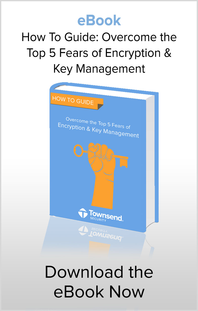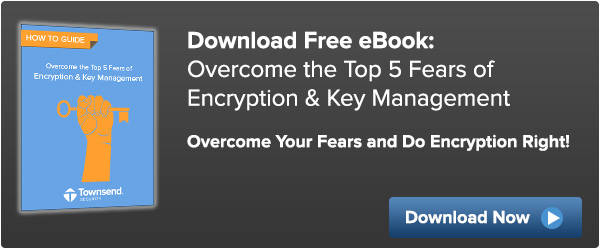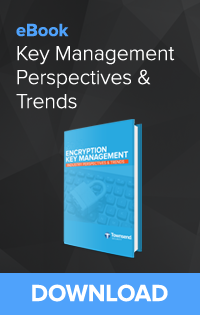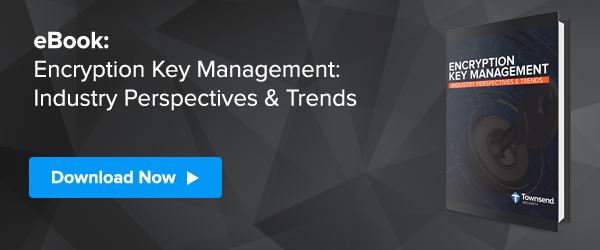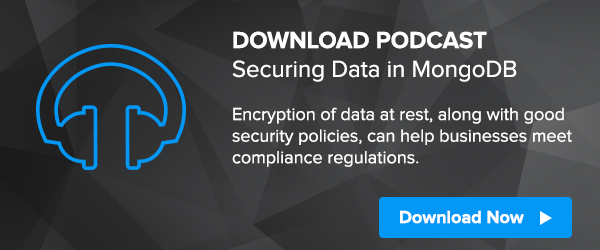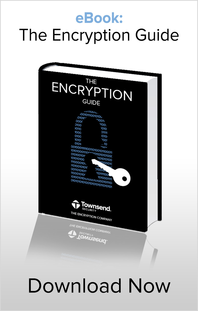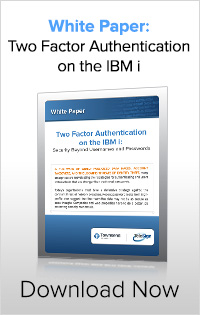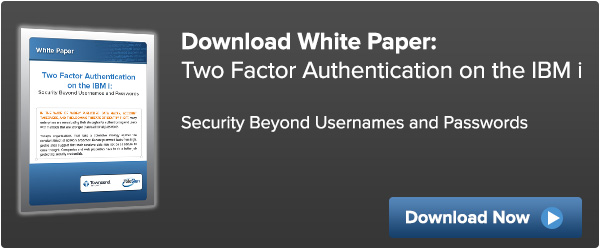Customers who need to encrypt data in Microsoft SQL Server databases know that they must protect the encryption key with appropriate controls to meet compliance regulations and to achieve safe harbor in the event of a data breach. Townsend Security's Alliance Key Manager solution provides the Extensible Key Management (EKM) software to make proper key management a breeze. Called Key Connection for SQL Server, this EKM Provider software is installed on the server hosting the SQL Server database and it talks seamlessly to one or more Alliance Key Manager servers running in a separate server instance. Customers get proper key management that meets compliance regulations such as PCI-DSS in an easy-to-deploy solution.
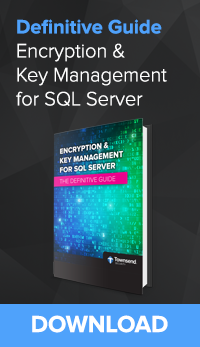 Performance is always a consideration when it comes to enabling encryption, so customers naturally ask us about key caching. Does Key Connection for SQL Server cache the encryption keys to enable better performance?
Performance is always a consideration when it comes to enabling encryption, so customers naturally ask us about key caching. Does Key Connection for SQL Server cache the encryption keys to enable better performance?
The short answer is Yes, it does.
How it does key caching depends on whether you use Transparent Data Encryption (TDE) or Cell Level Encryption (CLE). Let’s drill into each of these cases.
Transparent Data Encryption (TDE)
The implementation of TDE by Microsoft involves encrypting the entire table space and the database logs. It is the easiest type of encryption to deploy as it requires no changes to the actual application that uses the SQL Server database. You can implement TDE encryption by installing the Key Connection For SQL Server software and issuing four commands through the SQL Server management console. Restart logging to insure that it is encrypted and you are done.
So with TDE, how are keys managed? The TDE architecture involves SQL Server generating a symmetric key (usually a 256-bit AES key) and then asking Alliance Key Manager to encrypt it with an RSA key. This encrypted symmetric key is then stored on the server that hosts the SQL Server database. When you start SQL Server (or restart it, as the case may be) the SQL Server instance asks Alliance Key Manager to use RSA decryption to decrypt the symmetric key. Once that is complete the SQL Server instance has the key it needs and no longer needs to communicate with Alliance Key Manager. There is no need for key caching and the key will be decrypted the next time that SQL Server starts.
Cell Level Encryption (CLE)
The implementation of CLE by Microsoft SQL Server is quite different than for TDE. The EKM Provider software is still responsible for managing the symmetric encryption key, but it is accomplished in a different way. You must make small changes to your application SQL statements to request encryption and decryption of the cell contents. When CLE is activated the Key Connection for SQL Server software is called for each column and row that needs to be encrypted or decrypted. This means a lot more calls to the EKM Provider software and this is where key caching is very important.
The Key Connection for SQL Server software in this case does cache the symmetric encryption key (usually a 256-bit AES key) in order to improve performance. The key is cached using an equally strong RSA key to prevent key capture by malware. When SQL Server calls the Townsend Security EKM provider the software retrieves the key from the key server and will cache it locally for a 24 hour period. For the next 24 hours all subsequent requests for encryption or decryption are satisfied locally without the need to retrieve the key again. After 24 hours, the key is discarded and a fresh key is retrieved from the key server. If the connection to the key server is not available error messages are written to the Windows Event Log, but encryption processes will continue using the locally cached key, once the 24 hour period expires, network connectivity will need to be restored for a fresh key to be retrieved and operations restored. With key caching database encryption, performance is much better.
The architecture of the Alliance Key Manager EKM provider implements other core features needed to help protect your database. These include:
- Separation of Duties between Key Administrators and Database Administrators
- Dual Control for key management operations
- Built-in logging to the Windows Event Manager
- High availability failover to one or more secondary key servers
- Automatic recovery of failed EKM Provider services
- Security of credentials through Windows Certificate Store
- Easy key rollover using native SQL Server commands
Key caching is important for performance, but this is just one part of an overall key management strategy for Microsoft SQL Server.
As customers move to virtualized and cloud environments, Alliance Key Manager and the Key Connection for SQL Server EKM Provider software will move with you. In addition to traditional IT data centers, all Townsend Security encryption and key management solutions run in VMware (vSphere, ESXi, etc.), Microsoft Azure, Amazon Web Services, and in any cloud service provider vCloud environment.

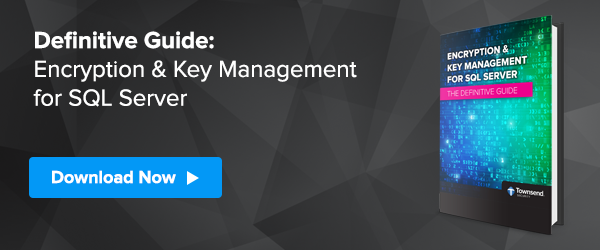



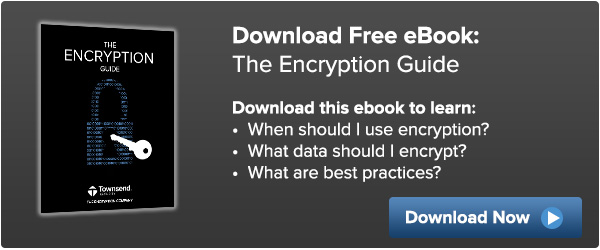
 But the fact is that we owe an enormous debt of gratitude to these mathematicians as the practical results of their work keep us safe every day. Some of them work in academic environments around the world, some work for large companies like IBM and Microsoft, some work for governmental agencies, and some are students. Cryptography (sometimes called Cryptology) is a branch of mathematics and encompasses a number of areas. Like any area of academic specialization some cryptographers are well known, and some are mostly invisible outside of their academic area of specialty. You may have heard of Bruce Schneier as he is quite well known through his writing, speaking engagements and testimony before committees of the US Congress.
But the fact is that we owe an enormous debt of gratitude to these mathematicians as the practical results of their work keep us safe every day. Some of them work in academic environments around the world, some work for large companies like IBM and Microsoft, some work for governmental agencies, and some are students. Cryptography (sometimes called Cryptology) is a branch of mathematics and encompasses a number of areas. Like any area of academic specialization some cryptographers are well known, and some are mostly invisible outside of their academic area of specialty. You may have heard of Bruce Schneier as he is quite well known through his writing, speaking engagements and testimony before committees of the US Congress.

